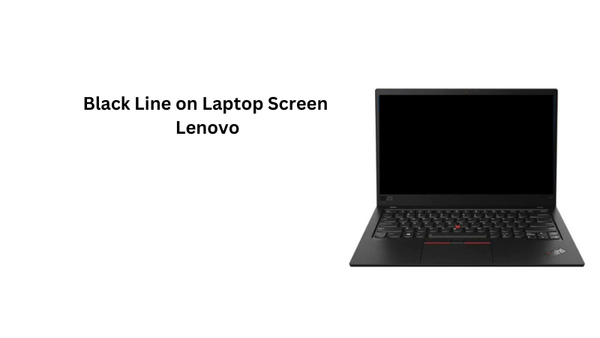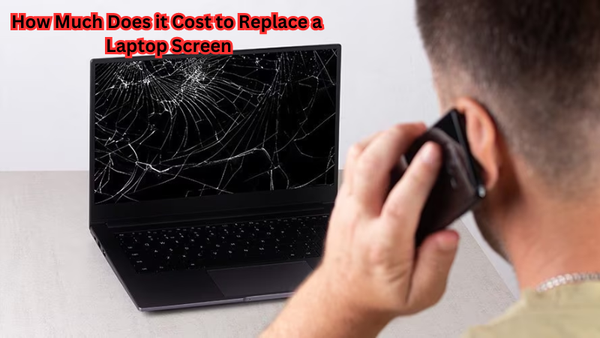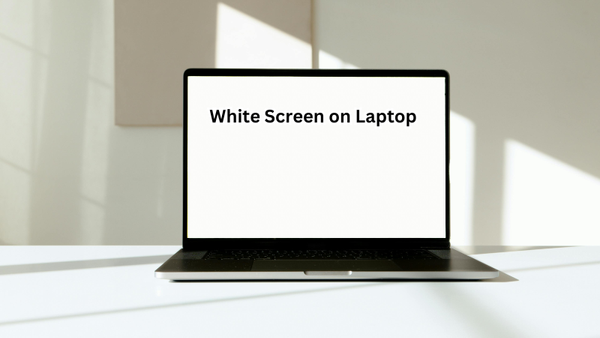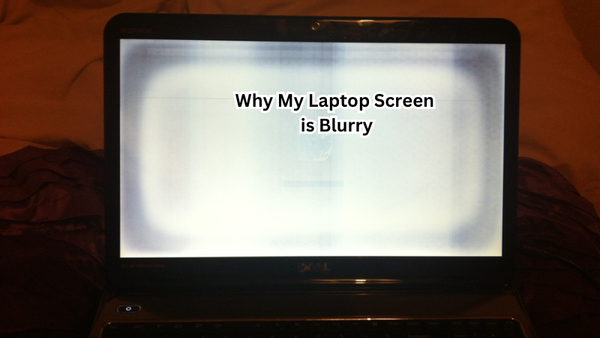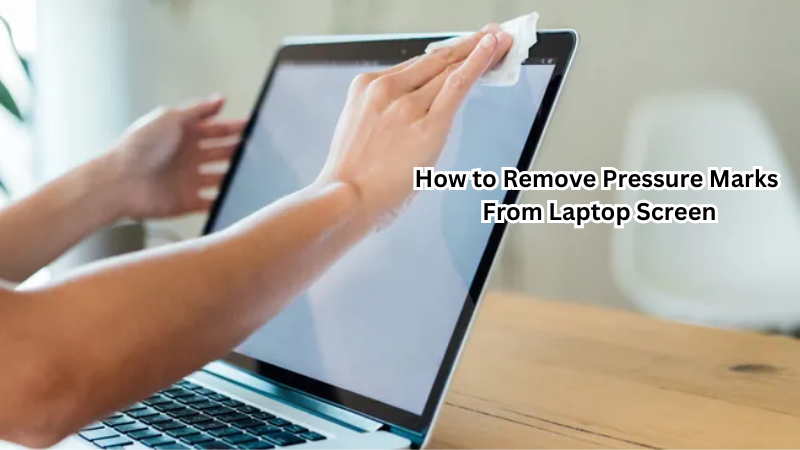The dilemma of applying a screen protector on a cracked screen sparks a crucial conversation at the intersection of device maintenance and damage control. "Can You Put a Screen Protector on a Cracked Screen?" poses a practical yet complex query that resonates with tech users facing the aftermath of accidental screen damage.
This scenario prompts considerations about the feasibility, efficacy, and potential implications of using a screen protector to safeguard a compromised screen.
Exploring this topic delves into screen protection, repair strategies, and the balance between prolonging device usability and addressing existing screen flaws. By unraveling the nuances of this question, users can make informed decisions regarding their device care and screen protection measures.
Understand the Purpose of a Screen Protector
The primary function of a screen protector is to shield your device's screen from scratches, smudges, and other forms of damage. It acts as a barrier between your phone's screen and any potential threats that may come into contact with it.
The material used in making screen protectors is usually durable and scratch-resistant, providing additional protection for your device.
However, it is essential to note that a screen protector's effectiveness depends on its quality and the degree of damage it is meant to prevent. In severe or extensive damage, such as a cracked screen, a screen protector may not be as effective in protecting the device.
Types of Screen Protector
Screen protectors come in various types, each with unique features that cater to different needs.
- Tempered Glass: This type of cracked phone screen protector is made of tempered glass, making it more resistant to scratches and impacts than regular glass. It also provides a smoother touch experience and better clarity.
- Plastic Film: This type of screen protector is made of thin plastic material and is typically cheaper than tempered glass protectors. However, it may provide less protection against drops and impacts.
- Liquid Screen Protector: This protector is a liquid silicone that hardens to create an invisible layer of protection on the screen. It is generally less bulky and easier to apply but may not offer as much protection as other types.
It is crucial to understand the properties and limitations of each type before deciding on a screen protector for your device.
The Impact of Using a Screen Protector on a Cracked Screen
Applying a screen protector on a cracked screen may seem like an easy solution to prolong the device's usability and protect it from further damage. However, there are a few factors to consider before doing so.
- Compatibility: Some screen protectors may not adhere well to a cracked screen, causing bubbles or gaps that can collect dirt and debris and potentially worsen the crack.
- Effectiveness: As mentioned earlier, the effectiveness of a screen protector may vary depending on the severity of the damage. It may provide some protection, but it cannot fully repair or reverse a cracked screen.
- Visibility: A screen protector can help prevent further damage to the screen but may not improve its appearance. In some cases, it may even make the crack more visible.
Important Factors to Consider
Several factors must be taken into account when deciding whether to apply a screen protector on a cracked screen. These include the crack's type and severity, the device's condition, and personal preferences.
Type and Severity of Crack:
Not all cracks are created equal. Some may be minor hairline cracks that do not impact device functionality, while others may be deeper and more extensive. It is crucial to assess the type and severity of a crack before making a decision.
Condition of the Device:
If your device is already in poor condition or on the brink of malfunctioning, adding a screen protector may not make much difference. It's important to consider whether investing in a screen protector is worth it for a device that may soon need to be replaced.
Personal Preferences:
Some people may not mind the appearance of a broken phone screen and choose not to apply a screen protector. Others may find it distracting or frustrating and prefer a smooth, protected screen. Personal preferences also play an important role in this decision.
Potential Implications:
It's also essential to consider the potential consequences of applying a screen protector on a cracked screen. For instance, if the crack is severe and the device functions properly, adding a screen protector may hinder touch sensitivity or make the crack more noticeable.
These factors should be evaluated carefully before deciding whether to apply a screen protector on a cracked screen.
Can You Put a Screen Protector on a Cracked Screen?
The answer to this question ultimately depends on the severity and type of crack, as well as personal preferences. In some cases, a screen protector may provide an added layer of protection for a cracked screen, preventing further damage. However, in other cases, it may not make much difference or worsen the situation.
Further, knowing how to put screen protectors on a cracked screen differs for each type of protector; it's recommended to follow the manufacturer's instructions for the best results.
Steps to Put a Screen Protector on a Cracked Screen
If you decide to apply a screen protector on your cracked screen, there are a few steps you can follow to ensure its proper installation:
- Clean the screen thoroughly with a lint-free cloth and isopropyl alcohol to remove any dirt, debris, or oils that could prevent the protector from adhering correctly.
- Use a dust removal sticker or tape to pick up any remaining specks of dust or debris on the screen.
- Align the protector carefully with the screen, making sure to line up any holes or cutouts with the device's features.
- Once aligned, gently press down on the center of the protector and slowly work your way outward to eliminate any air bubbles.
- Use a plastic card or squeegee to smooth out any remaining bubbles and ensure proper adhesion.
- Allow the phone screen protector to set for a few hours before using the device.
Alternative Solutions
In some cases, using a screen protector may not be the best solution for a cracked screen. Here are some alternative options to consider:
- Replace the Screen: If the crack is severe and impacting device functionality, replacing the screen may be necessary. While this may be a more expensive solution, it can provide long-term benefits and prevent further damage.
- Use a Phone Case: A phone case may not directly protect the screen but can add an extra layer of protection to the device. Investing in a durable and shock-absorbent case can help minimize damage from drops and impacts.
- Seek Professional Help: If the crack is too severe or you are unsure about applying a screen protector, it's best to seek professional help. A technician may be able to repair the screen or provide guidance on the best course of action.
Risks of Using a Screen Protector on a Cracked Screen
While using a screen protector on a cracked screen may seem like a simple and cost-effective solution, there are some risks to remember. These include:
- Potential Damage: As mentioned earlier, a screen protector may not adhere well to a cracked screen, causing bubbles or gaps that can collect dirt and debris. This can potentially worsen the crack or cause other issues with the screen.
- Reduced Touch Sensitivity: Depending on the type and severity of the crack, a screen protector may hinder touch sensitivity, making it difficult to use the device. This can be frustrating and may require the removal of the protector.
- Visible Imperfections: In some cases, applying a screen protector on a cracked screen may make the crack or other imperfections more visible. This can be distracting and defeat the purpose of using a protector.
These risks should be carefully considered before making a decision on whether to use a screen protector on a cracked screen. It's essential to weigh the potential benefits against the potential consequences and choose the best option for your specific situation.
FAQs
Can I apply a tempered glass screen protector on a phone with a cracked screen?
Yes, you can apply a tempered glass screen protector on a cracked screen as a temporary solution. This can help prevent further damage and minimize the risk of getting cut by sharp edges. However, it's important to note that a screen protector won't fix the cracked glass, and the touch sensitivity might be affected. For a long-term solution, consider getting a replacement screen or a new phone.
Will a screen protector hide the cracks on my broken screen?
A tempered glass screen protector can somewhat mask minor cracks and make the screen look slightly better, but it won't completely hide major damage. While it provides a smoother surface, enhancing the usability of a cracked screen, the underlying damage will still be visible, especially when the screen is off.
Is it safe to put a screen protector on a screen that's already cracked?
Applying a screen protector on a cracked screen can be safe if done carefully to avoid causing further damage to the screen or hurting yourself on any sharp edges. It's advisable to use a screen protector with a built in screen protector adhesive layer to ensure it adheres well without needing to apply excessive pressure. Remember, this is a temporary fix, and handling a phone with a broken screen should always be done with caution.
What are the benefits of using a tempered glass screen protector on a cracked screen?
Using a tempered glass screen protector on a cracked screen offers several benefits: it protects your fingers from sharp edges, prevents the cracks from spreading further, and can slightly improve the screen's appearance. Additionally, it keeps the screen surface smooth, which can help maintain some level of touch functionality until you're able to replace the screen or upgrade to a new phone.
Conclusion
In conclusion, putting a screen protector on a cracked screen demands a nuanced evaluation of trade-offs and practical considerations.
While a screen protector may offer some degree of protection against minor scratches and impacts, its effectiveness on a cracked screen is contingent upon various factors, such as the extent of the damage, adhesive quality, and touchscreen responsiveness.
Users must weigh the benefits of added protection against the risks of exacerbating existing cracks or compromising the device's functionality.
Seeking professional guidance from a local phone repair shop to thoroughly assess the screen damage before proceeding with a screen protector can provide valuable insights for making an informed choice.

